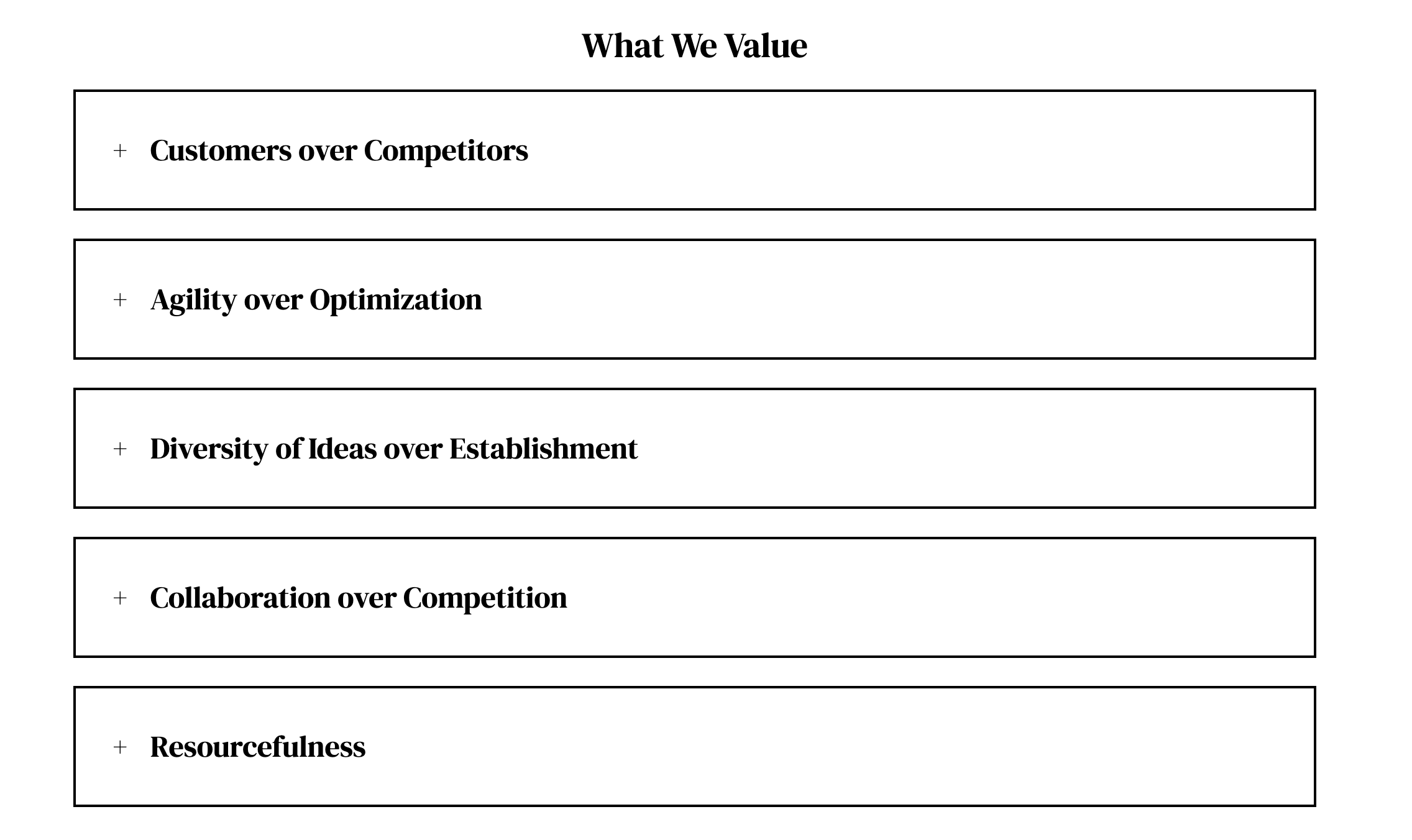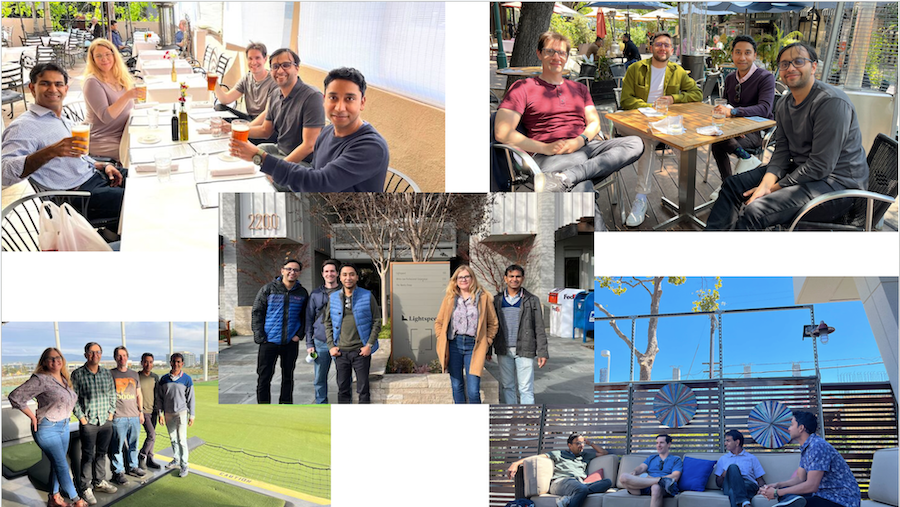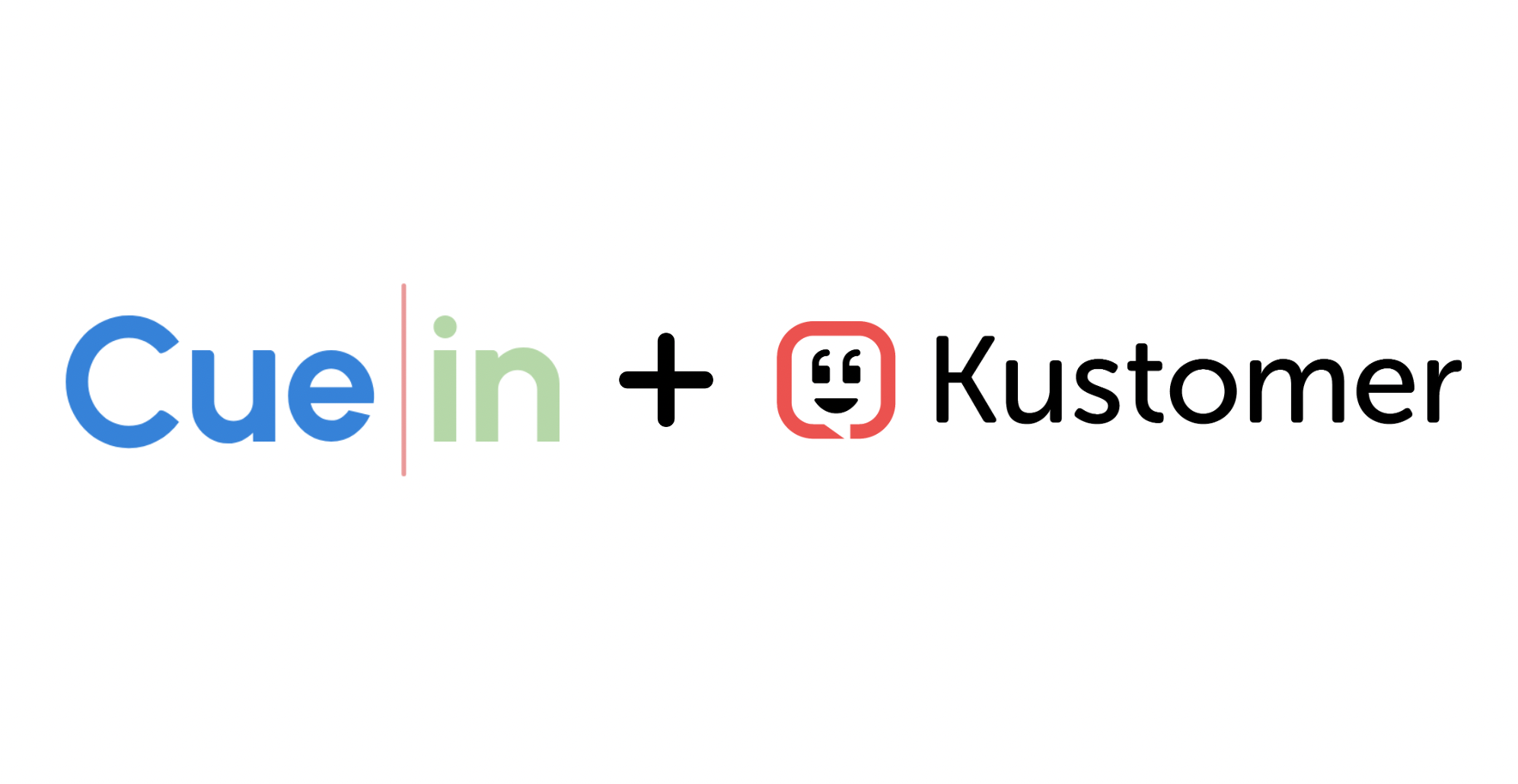Our Values

Prior to starting Cuein AI, our founding team worked at companies with unique values like Salesforce, Uber, Google and Facebook. We saw firsthand how company values serve as a compass, shaping the culture, and establishing a lasting connection with customers and employees. A set of core values guide decisions and actions when the founding team is not present in the room. In this post, we share the process and framework we considered to align on the values as a team. We hope other startup founding teams might find it useful.
Here are the top considerations that went into shaping and sculpting Cuein's values:
Intentionally involve the early team: We believe that company values aren't just copied or jotted down from day one and followed blindly. It's shaped by the values of the early team members and the founders. Hence we made it a point to have the early team members participate in the company value-shaping process. As a matter of fact, there was a time we intentionally postponed a values discussion as one team member was about to join us in a month or so.
Actionable values: We believe that company values should not be empty words on a wall. Instead, they should serve as actionable principles that guide our everyday decisions and actions. We need to constantly applaud whenever we see our values embodied to reinforce how to leverage them and guide us in the right direction.
Explicit trade-offs in values: Values might conflict with one another or present trade-offs. To address this, we embraced the concept of X over Y. This is inspired by Agile methodology values which are stated as X over Y. This means in situations where our values seem to clash, we will prioritize one value over the other, making thoughtful choices that best serve our overall mission and goals.
Adapt values over time: As Cuein evolves and scales over time, our values will adapt or change altogether. Rather than resisting this inevitability, we will acknowledge it and revisit these values when we feel some of them are not meaningful anymore and new ones are needed to grow to the next chapter.
Using the process above, here are the 5 values we align on as a team.

Customers over Competitors
Nothing truly beats understanding our customer pain points and being obsessed with making our customers successful. Be aware of competitors, their strategies, and progress.
This was one of the least debated values. We all quickly agreed to be obsessed with our customers. Listening to their pain points and digging deep is the only way to build a lasting company. While it is valuable to know the competition and buyer alternatives, nothing comes ahead of listening to our customers.
This value is inspired by Salesforce and Google, where several of our founding team members worked before. At Salesforce, Marc’s passion for truly getting to know the customers is visible across everything in the company. At Google, putting users first was core per their #1 value - Focus on the user and all else will follow. This value is also influenced by Amazon's Jeff Bezos. He attributed Amazon’s resiliency over the decades to its customer centricity.
Agility over Optimization
Be nimble, fast and nurture a mindset of growth and innovation over the certainty of the current state. Learn from failure, and boldly move with intention. Optimize cautiously with customer success in mind.
As a startup, one superpower we covet and absolutely cannot afford to lose is speed and agility. Agility comes with various trade-offs and nuances. One of the most common aspects that we discussed was the trade-off with optimization. Would that create technical debt that would be difficult to overcome? Would we corner ourselves such that when we need to scale up, it will need rework and refactoring? Is it okay with moving fast and breaking things?
We concluded that optimization is important when it is necessary for customer success but not just for the sake of scale and optimization. There needs to be a purpose and intention behind it. We also expanded the idea of agility to include a growth and innovation mindset. Agility comes in different shapes and sizes. And in some cases, it is about how fast we adopt new technologies and methodologies versus getting comfortable with the current state.
Diversity of Ideas Over Establishment
Create a space for diverse ideas that are actively considered and which may originate from anywhere and from anyone regardless of hierarchy. Everyone feels safe, respected, and equal
We believe the best companies are built when fresh and divergent ideas are considered without being limited to existing hierarchies or conventional wisdom. While discussing this value, there was some clarity that we achieved. There is a subtle but profound difference between diversity without any qualifier vs being explicit about the diversity of ideas. Given the size and stage, the latter is more actionable, tangible, and meaningful to us.
Collaboration Over Competition
The highest level of success is achieved by a team of talented individuals who are working with each other to diffuse their knowledge, investing in each other, and feeling connected to the broader level outcomes. Ability to make each other better is considered first before individual ownership
As a startup, working together as a team is fundamental to our success. To use a rowing analogy, even if we have the best rowers, if we are not in sync, we cannot win the race. We have a whole world of other companies to compete with (albeit customer needs come first). Hence, the last thing we need is competition within the team. That is a surefire way for us to fail.
We agreed to help each other, share our knowledge, make each other better, and yet hold each other accountable. We value individual heroism but not at the expense of caring for each other and making each other better to win as a company.
To make it actionable we are being intentional in tailoring our reward structure accordingly. It is imperative to repeat that this does not mean a lack of accountability. We believe we can still have high bars and be accountable while investing in each other.
Resourcefulness
Money is not the only resource to optimize. Do more with less by leveraging all available resources like people, time, and money efficiently to manage constraints and celebrate when we do so.
As a startup, being prudent about resources and valuing them is imperative. While discussing this value, we contemplated a few different framings. Frugality is one where money is not infinite. But we realized this is broader than saving money. There are other noteworthy dimensions like time and people. For example, we can save money by performing an operational task in-house vs buying a vendor solution. But that time we spend is more valuable. The correct trade-off is to spend money and save time for the company so we can move fast.
This value is an exception and does not follow the X over Y format. We discussed it at length and after careful consideration, we could not find anything meaningful to compare it with. This means we should always be resourceful.
We also wanted to celebrate occasions when we demonstrate being resourceful to set good examples and inspire others to do the same.

Final Thoughts
While we aligned on five values as a company, there were many discussed which did not make our top list. One of them worth mentioning is continuous learning and going deep in a research area. We discussed the topic at length. While we expect to have a growth mindset and seek innovation, it made sense to cover it as part of Agility over Optimization. We also aligned that focusing on the business and customers is the primary goal, and learning and innovation will follow. We don’t need an individual value at this stage of our company to focus solely on learning and research.
Finally, as we expand to new geographies, our values need planting in those locations. For example, it was customary for existing Google team members to relocate to new offices to help instill the Google culture before hiring locally.


